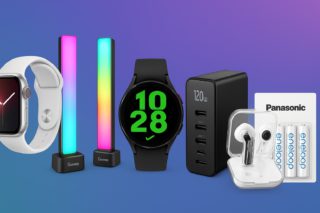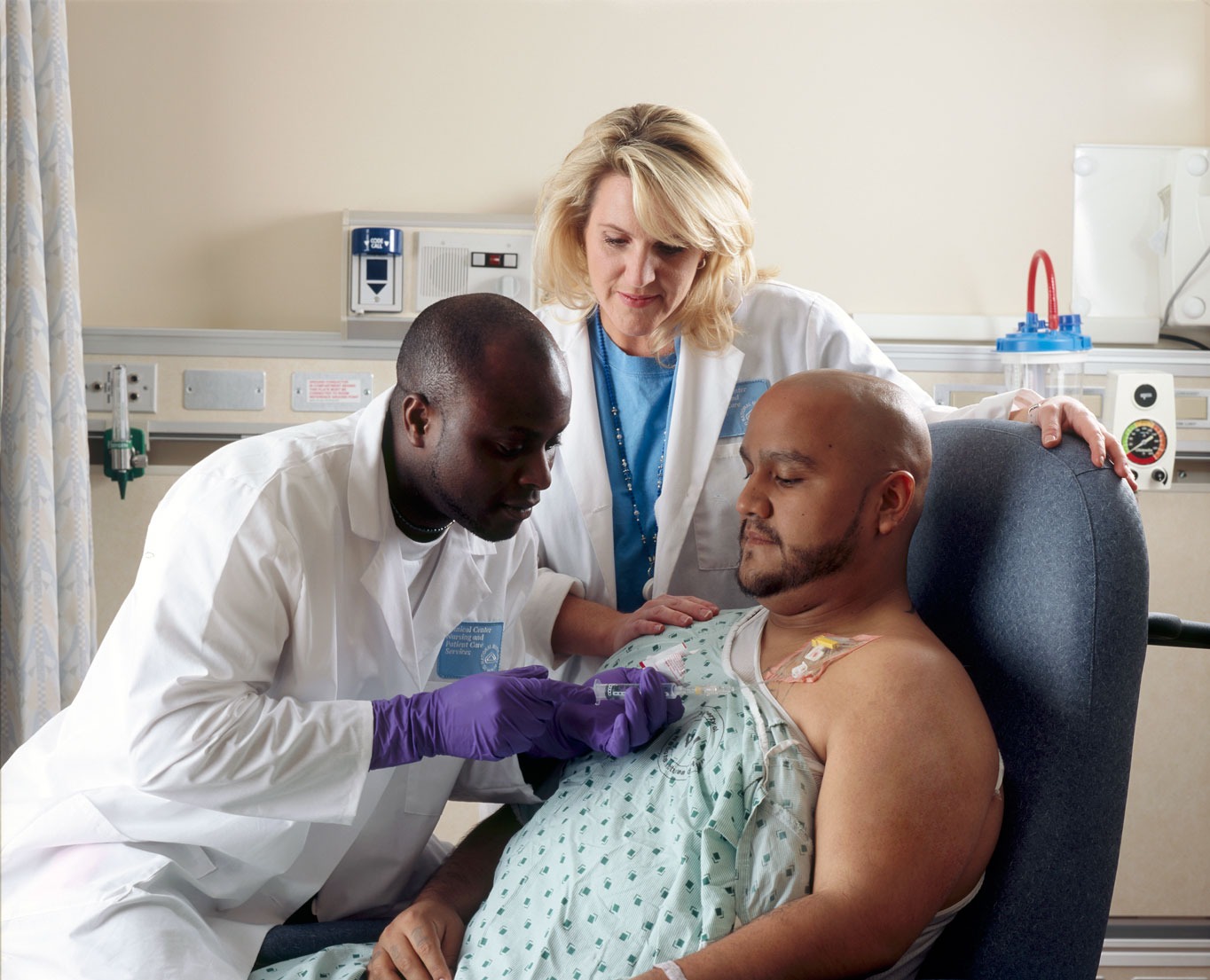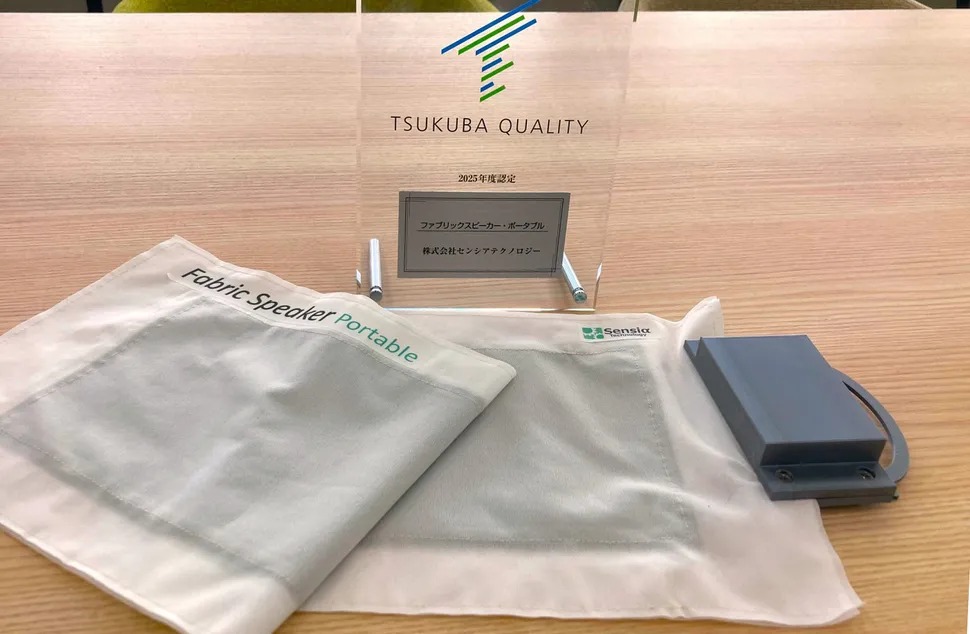Need that Buy-Now-Pay-Later option at checkout? Your face geometry, voice print, and live video footage are now part of the transaction. Affirm, one of America’s largest BNPL providers, requires biometric identification for account creation and high-risk purchases through its HYPR-powered system. You can technically decline, but good luck negotiating “alternative verification” with individual merchants when you need that financing.
This isn’t just Affirm getting overzealous with security theater. Visa committed to a “biometric-first” global payments strategy by 2026, with Affirm as a key rollout partner for its Flexible Credential platform. Your fingerprint or face scan is becoming the default key to your financial life.
The Consent Theater of Essential Services
Biometric “choice” comes with impossible alternatives.
HYPR’s consent process captures facial geometry, voice patterns, and live video for authentication and fraud prevention. The platform states biometric data may be disclosed for law enforcement requests or regulatory requirements.
If you refuse consent, Affirm directs you to arrange alternative verification “with the merchant or employer requiring Affirm”—essentially punting responsibility back to retailers who integrated BNPL specifically to avoid verification hassles.
The system triggers re-verification for device changes, location shifts, or “anomalous activities.” Miss a payment or trigger their risk algorithms? Time for another biometric scan. Your financial access becomes contingent on repeated biological verification.
American Resistance Meets Corporate Momentum
Consumer wariness won’t stop the biometric payment rollout.
Only 25% of Americans feel comfortable with biometric scanners, compared to 50% in Canada and the UK, according to payment processor NMI. “We’ll soon see the more widespread adoption of Apple Pay, Google Pay and other digital wallets embedded into online payments, making it possible to pay for just about anything with just the touch of your finger or a scan of your face,” predicts NMI CMO Peter Galvin.
Amazon’s palm-scanning checkout and integrated age verification for alcohol purchases are already normalizing biometric commerce. The convenience pitch works: no cards, no cash, no passwords. Just your biological signature tied to every purchase, creating permanent records of your financial behavior.
The classic Problem-Reaction-Solution dynamic plays out in real-time. Economic disruption drove BNPL adoption; fraud concerns justify biometric requirements; consumer “choice” becomes corporate mandate. Your financial access now depends on biological authentication you cannot opt out of without losing essential services.





























